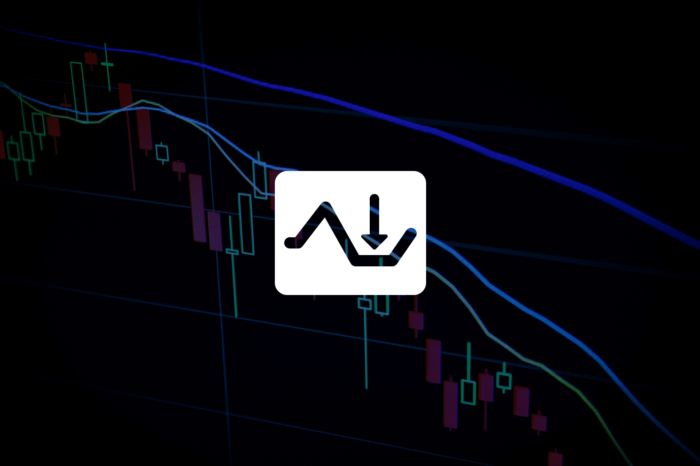The King of Canadian Restaurant Stocks and 6 More
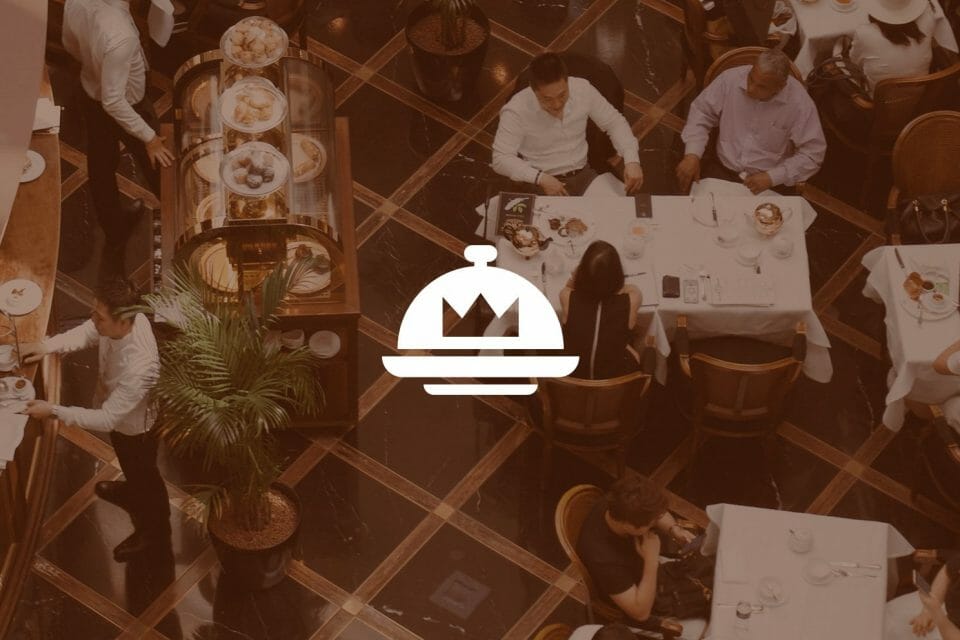
Hungry for restaurant stocks? With markets late in the cycle, are restaurant stocks still worth sampling? Any upside? Here’s the menu:
Restaurant Brands International (QSR-T)
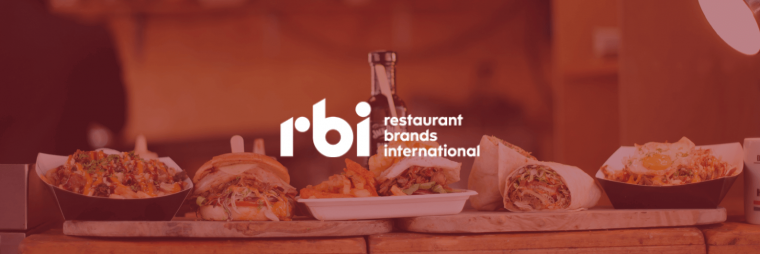
Restaurant Brands International (QSR-T) remains the king of Canadian resto stocks, holding Timmy’s, Popeye’s and Burger King under its large umbrella. Greg Newman considers QSR recession-proof, because people will always buy fast food. QSR has an ambitious plan to expand from 26,000 stores to 40,000 in the coming decade. It has a healthy free cash flow and fine upper management. QSR has also been buying back shares. Organic growth of 10-12% is driven by same-store sale increases at Popeye’s and Burger King, while Tim Horton’s is accelerating after a tough 2018.
Stan Wong is also bullish on QSR, considering it a defensive hold with its lower beta. He expects further earnings growth and is happy to be collect the 2.71% dividend yield, even though the stock trades at a near-31x PE.
Brett Girard likes how flagship holding, Tim Horton’s has expanded their menu, from breakfast to lunch and now expanding to dinner.
Hap Sneddon‘s technical analysis tells him that QSR has been rangebound the last few years, though the chart has been generally upwards since 2016. So far in 2019, QSR has been on a tear, up nearly 40%, performing twice as well as the TSX and McDonald’s (more on them later). In fact, QSR at $96 currently meets its price target, so Newman suggests buying on a pullback.
Before you buy, consider a dissenting voice in Paul Gardner, who doesn’t endorse management’s strategy of cutting costs to the core, particularly its recent treatment of Tim Hortons franchise owners in Canada, which sparked a class-action lawsuit. Not only that, but American franchisees have launched their own suit in a territory where QSR wants to break into. U.S. sales were down 5.1% in 2018. Can long-term expansion work?
Given this, Gardner suggests that QSR spin-out the Tim Hortons name out. He wouldn’t buy it because of this U.S. conflict and the high multiple.
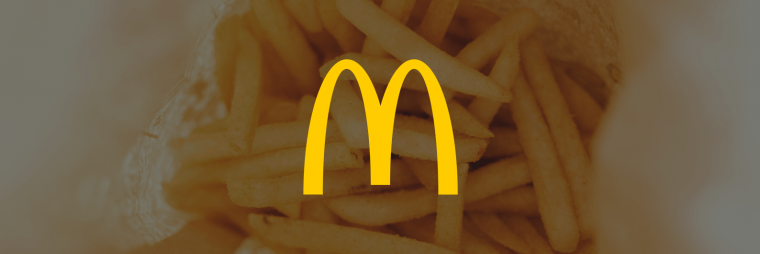
Love ’em or hate ’em, Mickey D’s remains the global giant in fast food. While every Canadian knows Tim Horton’s, the entire world recognizes the golden arches. Ian Fung prefers MCD to QSR for its lower debt. Gordon Reid calls them a cash machine. With more than 90% of its stores franchised, McDonald’s owns the properties and leases them back to the franchisee.
Though they’ve been around since the 1940’s, McDonald’s has kept up with trends and bounced back after periods of falling of fashion. It’s a core holding for Hap Sneddon who likes how the chain started changing their model in 2016 by offering new products like the all-day breakfast. Since then, the chart shows higher highs and higher lows.
Lorne Steinberg expects the 2.19% dividend to increase given MCD’s large cash flow, but with a PE of nearly 28 warns that it isn’t cheap.
But not everything is golden under the arches. U.S. same-store sales rose 2.3% in the fourth quarter that ended Dec. 31, 2018, continuing MCD’s steady performance in recent years, but the chain’s total guest counts declined 2.2% in 2018. That was was the fifth time in the previous six years that fewer customers ate at McDonald’s. In fact, Mickey D shaved 122 locations in 2018. For the first time since 2009, there were fewer than 14,000 McDonald’s in the States, down 3% since from its peak of 14,350 in 2014.

As more people eat healthier, as witnessed by the current craze for anything Beyond Meat, you’d expect healthy chains like Freshii to cash in. Wrong. Though analysts like Peter Hodson like the restaurant, they won’t buy the stock. Teal Linde reflects the street consensus by saying Freshii has struggled since its promising IPO in January 2017. In fact, its chart since then is a long downward slope from over $14 to $2.58.
What happened? Analysts like Peter Imhof doesn’t believe management has a handle on operations. Bruce Murray finds the food itself too expensive. Brian Madden feels that IPO valuation was ludicrously high and management had unrealistic growth expecations. Freshhi pays no dividend and its EPS is negative.
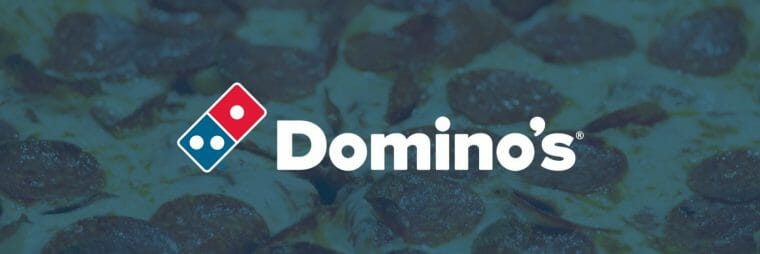
Remember this video? Who doesn’t love pizza? In particular, the street loves Domino’s, America’s biggest pizza chain. Barry Schwartz predicts it’ll continue to dominate the market as it adds 10,000 more stores in six years, or a whopping 60%. A vast majority will open outside the States. Management employs a “fortressing” strategy to open a lot of stores in a place to force out competition, such as in India.
Domino’s also employs technology. Wolfgang Klein thinks their pizza is terrible, but lauds Domino’s as a tech stock, not food. The company leads the space in food apps and logistics which generate two-thirds of their business.
The street feels that Domino’s will continue to deliver not only pizzas but growth. Its chart since the Great Recession began in fall 2008 looks like a mountain, with the share price leaping from $4.71 on Dec.1, 2008 to an astonishing $245 today. That said, Domino’s has had a volatile 2019, dropping from $295 in February to $240 just a month later.
More disturbing, Domino’s Q2 growth of 3% fell short of street expectations and was the slowest in three years. The dividend pays less than its peers at 1.06% at a 27.43 PE.
Boston Pizza Royalties (BPF.UN-T)
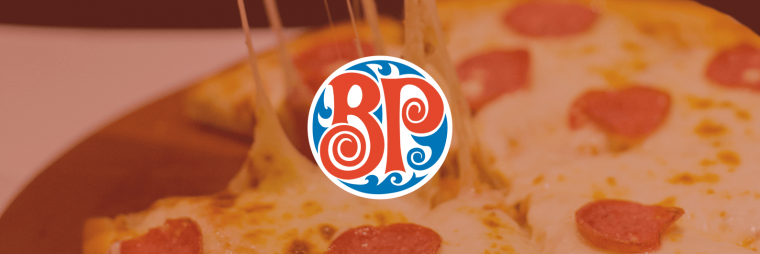
The reviews are not good: The concern is the 8.2% yield at 85% payout, says Robert McWhirter. The trend says lower lows and lower highs, adds technical analyst Jon Vialoux in looking at BPF’s chart. James Hodgins, though, feels the dividend is safe, but in general expects mid-sized Canadian consumer companies in general are at risk, if the real estate market rolls over. Peter Hodson also has mixed feelings, saying that BPF is okay to hold for that juicy dividend, but it won’t fill you with growth.
A&W Revenue Royalties Income Fund (AW.UN-T)
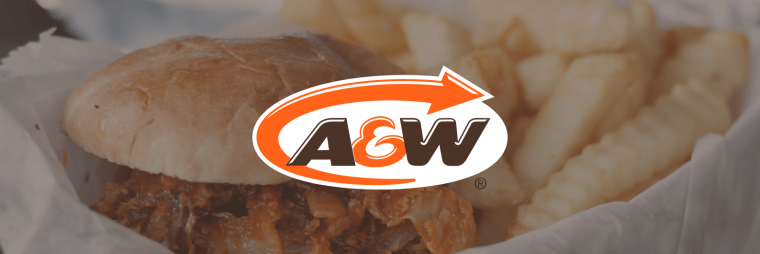
Instead, Hodson prefers A&W. The burger company has seized the healthy eating trend by introducing meatless burgers (and fish), and the street has responded. In the last six months, A&W has leapt from $38 to $46. More telling is that AW has endured the current volatility by stubbornly remaining in the $43 range, given or take a dollar.
It pays a generous 4.43% dividend yield, growing 5% annually based on good free cash flow. As a result, REIT investors love it, comments Brian Madden. A&W’s compound annual rate of return at 16.5% over 17 years. As a royalty trust operating 900 Canadian restaurants, A&W earns a 3% royalty from every dollar of sales from its franchisees. However, A&W doesn’t put up a fime to build those locations; the franchisee does. A&W is capital-lite and growth. Same-store sales growth was 10% last year.
Javed Mirza likes its the chart of higher highs and higher lows. Expect a sideways consolidation, he advises, after the recent sharp move. Hold and collect the dividend while it consolidates.
outlier: Jollibee Foods Corp.We don’t have much coverage on this giant Filipino fast food chain that is expanding to Canada with a lot of hype, but it’s definitely one to watch. It trades from the Filipino exchange at a PE of 37.22 and pays a 1.04% dividend. But the story here is its world expansion. Can it conquer lands beyond its shores? Stay tuned?
Next week: food stocks. Bon appetit!



